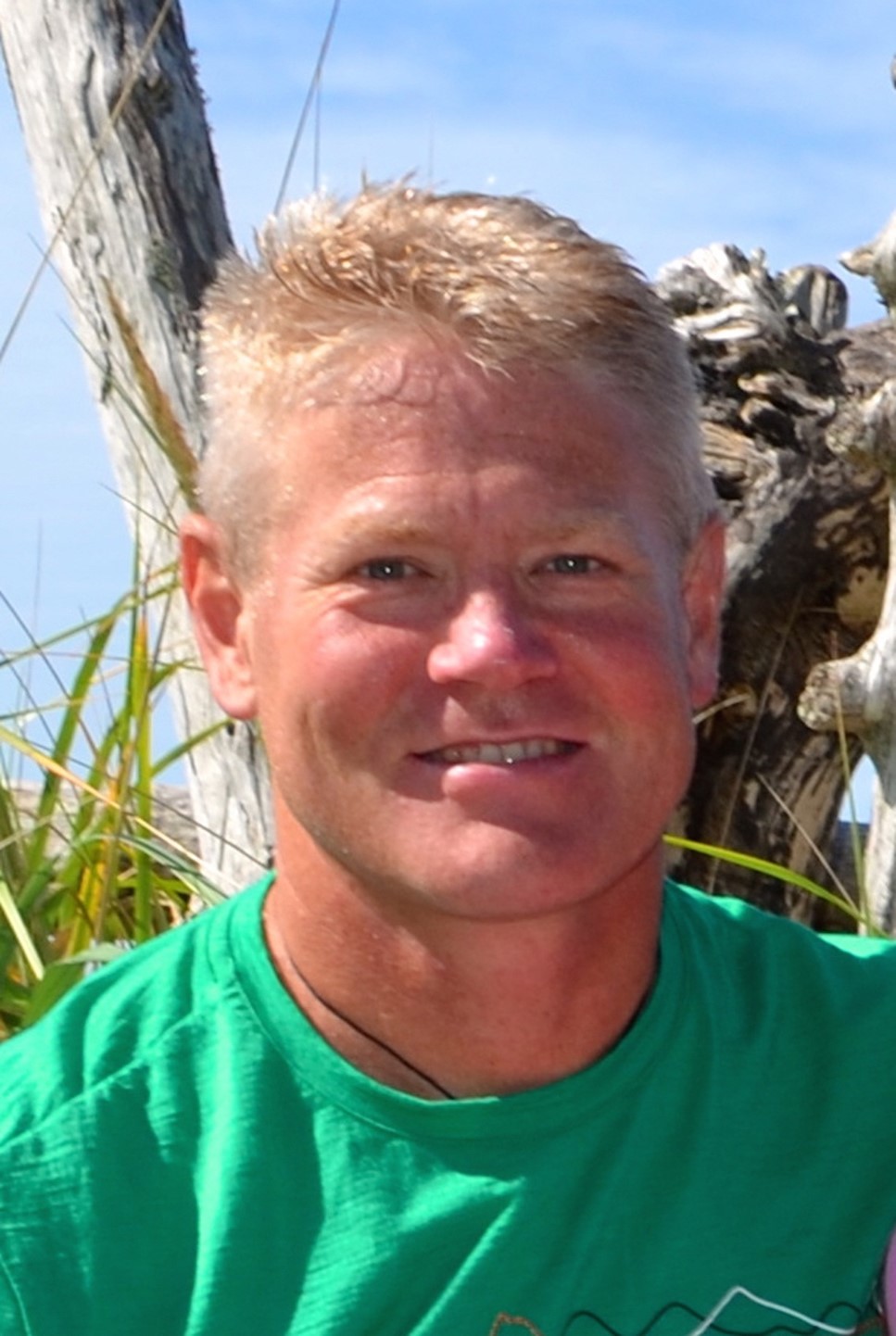Gregory D Funk

Department Chair, Department of Physiology
Associate Dean of Research, Faculty of Medicine and Dentistry
PhD, University of British Columbia
Laboratory Location: Katz 3-096B, Katz 3-063
Office Location: 3-020G
Email address: gf@ualberta.ca
Awards
NSERC: 04/01/2020 – 03/31/2025.
Role: Principal Applicant.
Title: Information processing by respiratory motoneurons
CIHR: 10/01/2018 – 09/30/2024.
Role: Principal Applicant.
Title: Unravelling the contribution to the hypoxic ventilatory response of purinergic and glial signalling in the preBötzinger Complex
CIHR: 04/01/2020 – 12/31/2025.
Role: Co-applicant.
Title: Systematic preclinical evaluation of cannabinoid influences on sleep and breathing.
Research Interests / Academic Activities
Dr. Gregory Funk’s research program examines basic mechanisms of neuronal information processing within respiratory networks - how do networks of neurons and astrocytes in the brainstem and spinal cord produce a breathing rhythm that is not only reliable and robust, but also very dynamic. Recent work focuses on understanding the role of astrocytes and the transmitter, ATP, in mediating adaptive breathing responses to reductions in oxygen (hypoxia) and how these mechanisms change during development. The influence of the sleep-wake cycle on these responses is also of significant interest because, from a clinical perspective, sleep is associated with respiratory instabilities in both newborns and adults and virtually all disorders of breathing that involve the central nervous system manifest first during sleep. Techniques include electrophysiology, whole-cell recording, calcium imaging, optogenetics, voltammetry, immunohistochemistry, Western Blot, RNAScope confocal microscopy and plethysmography. Dr. Funk’s laboratory is affiliated with the Women and Children’s Health Research Institute (WCHRI) and the Neuroscience and Mental Health Institute (NMHI).
Select Publications
- Angelova PR, Kasymov V, Christie I, Sheikhbahaei S, Turovsky E, Marina N, Korsak A, Zwicker J, Teschemacher AG, Funk GD, Kasparov S, Abramov AY, Gourine AV. (2015). Functional oxygen sensitivity of astrocytes. J Neurosci. 35(29): 10460 –10473. doi: 10.1523/JNEUROSCI.0045-15.2015.
- Revill AL, Vann NC, Akins VT, Kottick A, Gray PA, Del Negro CA, Funk GD. (2015). Dbx1 precursor cells are a source of inspiratory XII premotoneurons. eLife 2015;4:e12301
- Gourine AV, Funk GD (2017). On the existence of central respiratory oxygen sensor. J Appl Physiol. 123(5): 1344-1349 Published online May 18:jap.00194.2017. doi: 10.1152/japplphysiol.00194.2017
- da Silva GSF, Sabino JPJ, Rajani V, Alvares TS, Pagliardini S, Branco LGS, Funk GD (2017). Modulation of the preBötzinger complex inspiratory rhythm generating network by endogenous hydrogen sulphide. Frontiers in Physiology. 8: 452.
- Rajani R, Zhang Y, Jalubula V, Rancic V, SheikhBahaei S, Zwicker J, Pagliardini S, Dickson C, Ballanyi K, Kasparov S, Gourine AV, Funk GD (2017). Release of ATP by preBötzinger Complex astrocytes contributes to the hypoxic ventilatory response via a Ca2+-dependent P2Y1 receptor mechanism. J Physiol. Published online. doi: 10.1113/JP274727
- Del Negro CD*, Funk GD*, Feldman JL (2018). Breathing matters. Nature Reviews Neuroscience. 2018 Jun;19(6):351-367. doi: 10.1038/s41583-018-0003-6 *Co-first authors.
- Funk GD, Gourine AV (2018). Cross-talk Proposal: A central hypoxia sensor contributes to the excitatory hypoxic ventilatory response. J Physiol. doi: 10.1113/JP275707
- Revill AL, Chu NY, Ma L, LeBlancq MJ, Dickson CT, Funk GD. (2019). Postnatal development of persistent inward currents in rat XII motoneurons and their modulation by serotonin, muscarine and norepinephrine. J Physiol. Jun;597(12):3183-3201. doi: 10.1113/JP277572.
- Reklow RJ, Alvares TS, Zhang Y, Miranda Tapia AP, Biancardi V, Katzell AK, Frangos SM, Hansen MA, Toohey AW, Cass CE, Young JD, Pagliardini S, Boison D, Funk GD (2019). The purinome and the preBötzinger Complex – a ménage of unexplored mechanisms that may modulate/shape the hypoxic ventilatory response. Frontiers in Cellular Neuroscience, Aug 21;13:365. doi: 10.3389/fncel.2019.00365. eCollection 2019. PMID: 31496935
- Biancardi V, Saini J, Pageni A, Prashaad M H,Funk GD, Pagliardini S. Mapping of the excitatory, inhibitory, and modulatory afferent projections to the anatomically defined active expiratory oscillator in adult male rats. J Comp Neurol. 2020 Jul 12. doi: 10.1002/cne.24984. Online ahead of print.PMID: 32656849
- Shi Y, Stornetta DS, Reklow RJ, Sahu A, Wabara Y, Nguyen A, Li K, Zhang Y, Perez-Reyes E, Ross RA, Lowell BB, Stornetta RL, Funk GD, Guyenet PG & Bayliss DA (2020). A brainstem peptide system activated at birth protects postnatal breathing. Nature, https://doi.org/10.1038/s41586-020-2991-4. Dec 1 2020.
- Revill AL, Katzell A, Del Negro C, Milsom WK, Funk GD (2021). KCNQ current contributes to inspiratory burst termination in the preBötzinger Complex of neonatal rats in vitro. Front Physiol 12, Article 626470, doi: 10.3389/fphys.2021.626470ccc
- Biancardi B, Patrone LGA, Vicente MC, Marques DA, Bícego KC, Funk GD and Gargaglioni LH. Prenatal fluoxetine has long lasting, differential effects on respiratory control in male and female rats. J Appl Physiol. 2022 Aug 1;133(2):371-389. doi: 10.1152/japplphysiol.00020.2022. Epub 2022 Jun 16.PMID: 35708704
Laboratory Members
Suey van Baarle (Lab Manager)
Jun Ren (Research Associate)
Vivian Biancardi (PDF)
Robert Reklow (PhD student)
Tristan Sinnatamby (BSc Hon)
Neeharika Reddy (MSc Student)